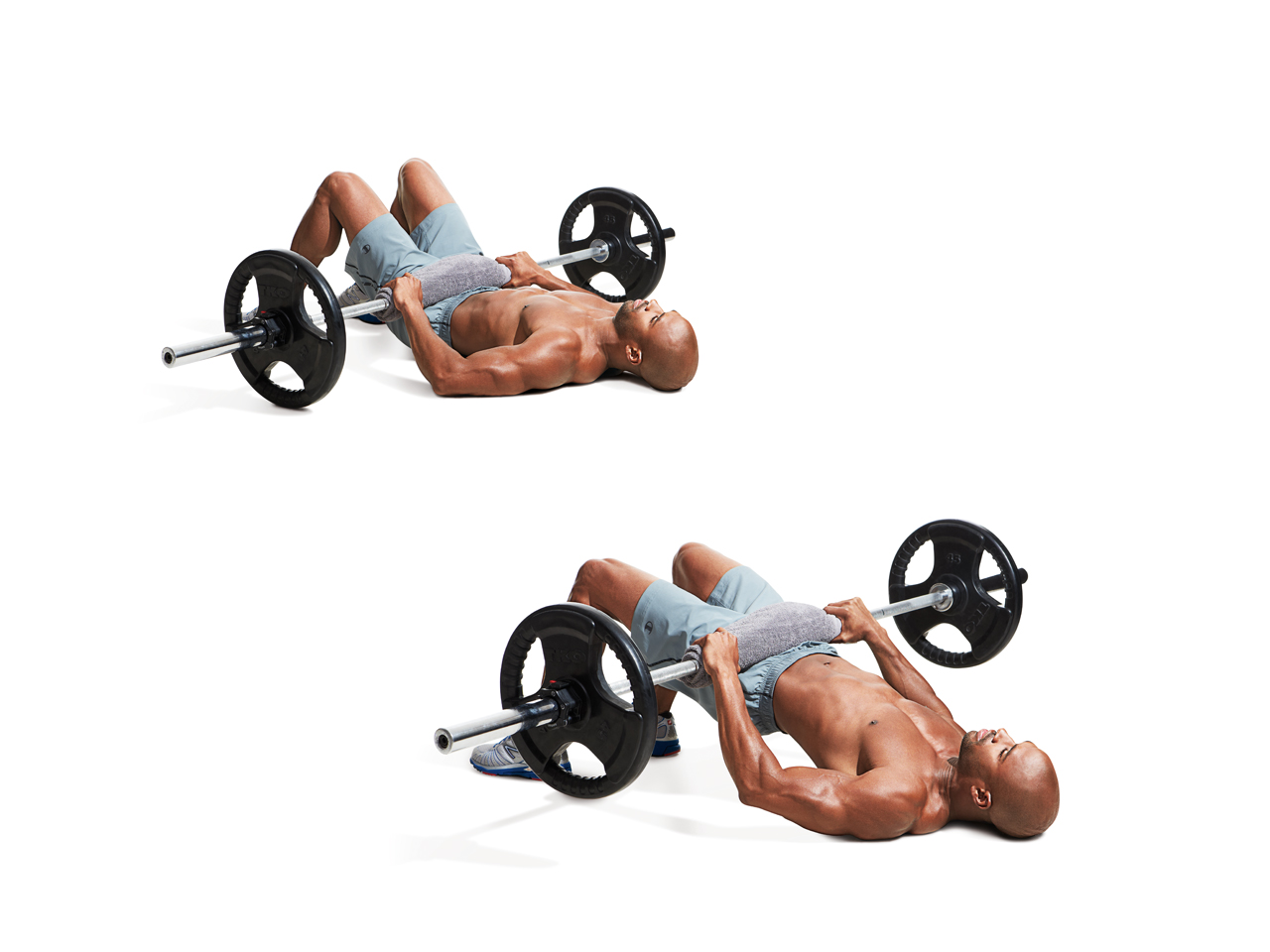What is the Difference Between Hip Thrust and Glute Bridge?
The quest for a firmer and more sculpted behind has spurred many fitness enthusiasts and beauticians alike to explore effective exercises. One popular topic of discussion is: what is the difference between hip thrust and glute bridge? Understanding these two exercises is essential for both personal fitness journeys and for providing informed advice to clients who want to achieve their fitness goals.
In this article, we will delve deep into the distinctions and connections between these two foundational movements, enhance your knowledge on the subject, and empower you to confidently incorporate them into your routines. Lets start by breaking down the basics surrounding these two exercises.

Understanding Hip Thrusts
The hip thrust is an exercise designed to target the glute muscles effectively. It involves a bench and a weighted barbell. To perform a hip thrust, follow these steps:
- Position your upper back against a bench.
- Place a barbell over your hips, resting it against your hip bones.
- With your feet flat on the ground and shoulder-width apart, drive your hips upward until your body forms a straight line from your shoulders to your knees.
- Lower back down and repeat.
This exercise significantly challenges and activates the glute muscles, leading to improved strength and growth.

All About Glute Bridges
The glute bridge, while similar in intention, differs in execution and equipment. It is also aimed at strengthening the glutes but can be performed without weights. Heres how you can perform a glute bridge:
- Lie down on your back with your knees bent and feet flat on the floor.
- Push through your heels and lift your hips, creating a straight line from your shoulders to your knees.
- Hold for a moment at the top before lowering back down.
The glute bridge can be modified and intensified by performing it with one leg, adding weights, or incorporating resistance bands.

Targeted Muscles
Both exercises primarily target the glutes, but they also engage several supporting muscles:
- Hip Thrusts: In addition to the glutes, hip thrusts activate the hamstrings, quadriceps, and even the lower back to some extent.
- Glute Bridges: These primarily focus on the glutes but also involve the core and lower back for stability.
For further insights into muscles used in these exercises, you can refer to this detailed article on muscle usage.

Benefits of Each Exercise
Both hip thrusts and glute bridges offer unique advantages. Heres a snapshot of the benefits:
Hip Thrusts
1. **Increased power**: As one of the most effective glute exercises, hip thrusts significantly enhance athletic performance, especially in movements requiring hip extension.
2. **Targeted strength**: With the right weight, they offer a better strength focus on the glute muscles.
Glute Bridges
1. **Accessibility**: They can be done anywhere and don't necessarily require equipment, making them an ideal choice for home workouts or beginner routines.
2. **Versatility**: With modifications available, glute bridges can be tailored to various fitness levels.
When to Use Each Exercise
The choice between hip thrusts and glute bridges often comes down to your fitness level and goals:
If You Are a Beginner
Start with glute bridges to build foundational strength and engage the right muscles. Once you're comfortable, consider slowly integrating hip thrusts into your routine.
If You Are Advanced
For those looking to enhance your glute strength and acceleration, hip thrusts can be the more effective choice due to the added resistance that can be used.
Incorporating Both into Your Routine
Many fitness experts advocate including both exercises in a glute-focused training regimen. Doing so maximizes glute activation and facilitates optimal muscle growth. Alternating or combining the two can lead to better **results** over time, keeping the muscles challenged.
You can increase overall effectiveness by pairing them with other complimentary movements like squats and lunges.
Resolution of Common Misconceptions
Many misconceptions surround both exercises. Here are some common myths:
- **Hip thrusts are dangerous**: When performed correctly, hip thrusts are safe and effective. Ensure to maintain proper form to avoid injury.
- **Glute bridges dont build muscle**: While glute bridges may require lighter resistance, they still promote muscle activation and can lead to strength improvements.
Refuting these myths helps clarify why both exercises have their place in fitness.
Conclusion
In conclusion, both the hip thrust and the glute bridge have unique benefits and differences that make each worthwhile in a fitness program. Knowing what is the difference between hip thrust and glute bridge empowers beauticians to provide valuable advice to clients pursuing glute improvement.
Incorporate these exercises into your regimen as per individual goals, and enjoy their benefits towards a more sculpted physique. If you want to learn more about glute bridges, be sure to check it out.
FAQs
- What are the main differences in execution between the two? The main difference lies in how each exercise is performed and the added resistance in hip thrusts compared to glute bridges.
- Can one exercise be performed without equipment? Yes, glute bridges can be done without weights, making them more accessible.
- Which exercise is more effective for muscle building? Hip thrusts are typically more effective for building muscle due to the ability to add weights.
As an Amazon Associate, I earn from qualifying purchases.

